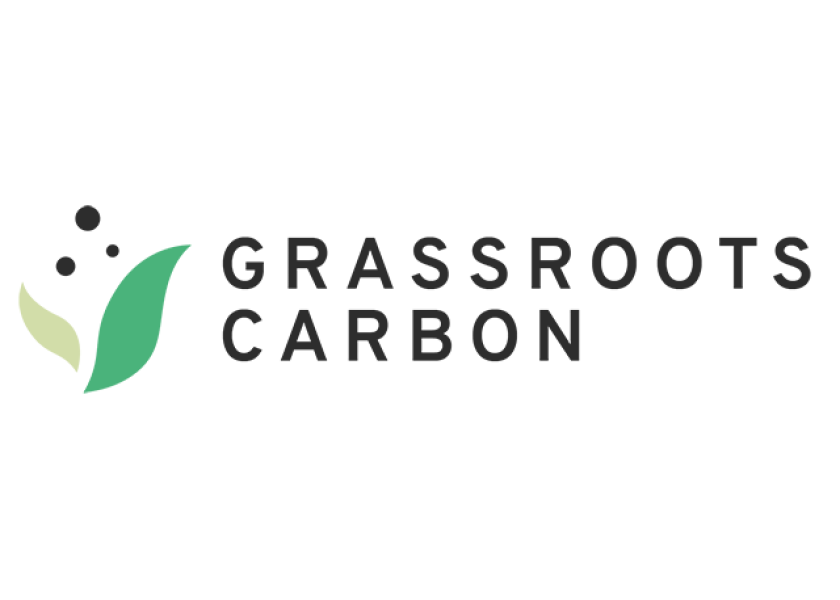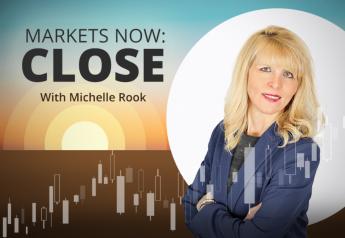Grassroots Carbon Targets Grazing and Pastureland

There are a few things that set apart Grassroots Carbon from other program opportunities in agriculture.
- First, the company is based in Texas and is specifically targeting grazing and pasturelands throughout the Central US. There are no specific practices mandated with enrollment beyond working to maintain and improve soil health.
- Which brings us to the second differentiator, Grassroots Carbon uses the bCarbon standard created by the Baker Institute at Rice University. The certification is based on increase in carbon storage. The team at Grassroots Carbon supports the enrolled acres with a team of soil samplers and testing procedures. A baseline measurement is taken in the first year, and then measurements are taken again in 5 years, on average.
- The third point is how landowners are compensated for participation. Grassroots Carbon covers the cost of measurement and certification, meaning that they do not require landowners to pay anything out of pocket, and has a profit-sharing model that allows the payments to be adjusted along with the market price. Landowners are paid every year based on pre-assessments of their carbon storage.
“We like to say that the program isn’t about the cow, but the how,” says Lauren Miller, VP Carbon Footprint Solutions at Grassroots Carbon. “Our aim is to scale up the restoration of prairie grasslands and sequester massive amounts of carbon by using cattle and other grazing animals to restore soil health.”
Grassroots Carbon was formed when Soil Value Exchange merged with software company PastureMap in February 2021. Currently, PastureMap has over 4 million acres on its platform for grazing management. Participation in the carbon program requires data be loaded into PastureMap, and the data platform will be used for verification and to help producers transition to regenerative practices.
Initially, the program is enrolling landowners managing at least 2,000 acres, but pooling smaller similar parcels within a region is also possible, and the program looks forward to working with producers at all scales. Soil samples are collected to 3’ deep.
Miller shares that after initial soil measurements, the bCarbon standard rewards the verification of increased carbon storage, and doesn’t mandate any changes in practices.
The company onboarded its carbon credit buyers last fall, and is wrapping up its first measurement campaign with landowners in the coming months. The first round of payments for carbon credits will go to landowners in the next six months.
Learn more in the AgWeb Carbon Innovation Center
Grassroots Carbon FAQs
Eligible areas:
Anywhere in the continental U.S. Land is qualified based on land management practices and climate/soil type.
What practices earn credits? The program targets producers with grazing operations. Producers stay in control of their own management practices, so long as they do not disturb soil health. Instead of paying for practices, the program rewards outcomes in the form of increased soil carbon stocks. The amounts of stored carbon are verified with in-field tests.
Market Launch date: April 2021
Acreage Enrollment Minimum?
2,000 acres
Per-Acre Cash Payment to Farmers?
Profit-sharing model reflects the changing value of a carbon credit. Landowners receive 80% of the carbon profit. Landowners can estimate ½ to 1 ton per acre of sequestered carbon, but this amount may vary based on climate, soil type, and land management practices.
What Do Your Contracts Require Farmers To Do? What Are The Terms?
Data (field boundaries, etc) must be uploaded in PastureMap. Soil and ecological testing, measurement and verification conducted by Grassroots Carbon and an independent measurement team. Participating landowners must commit to maintaining and working to improve their soil health for ten years after every year that they sell carbon.







